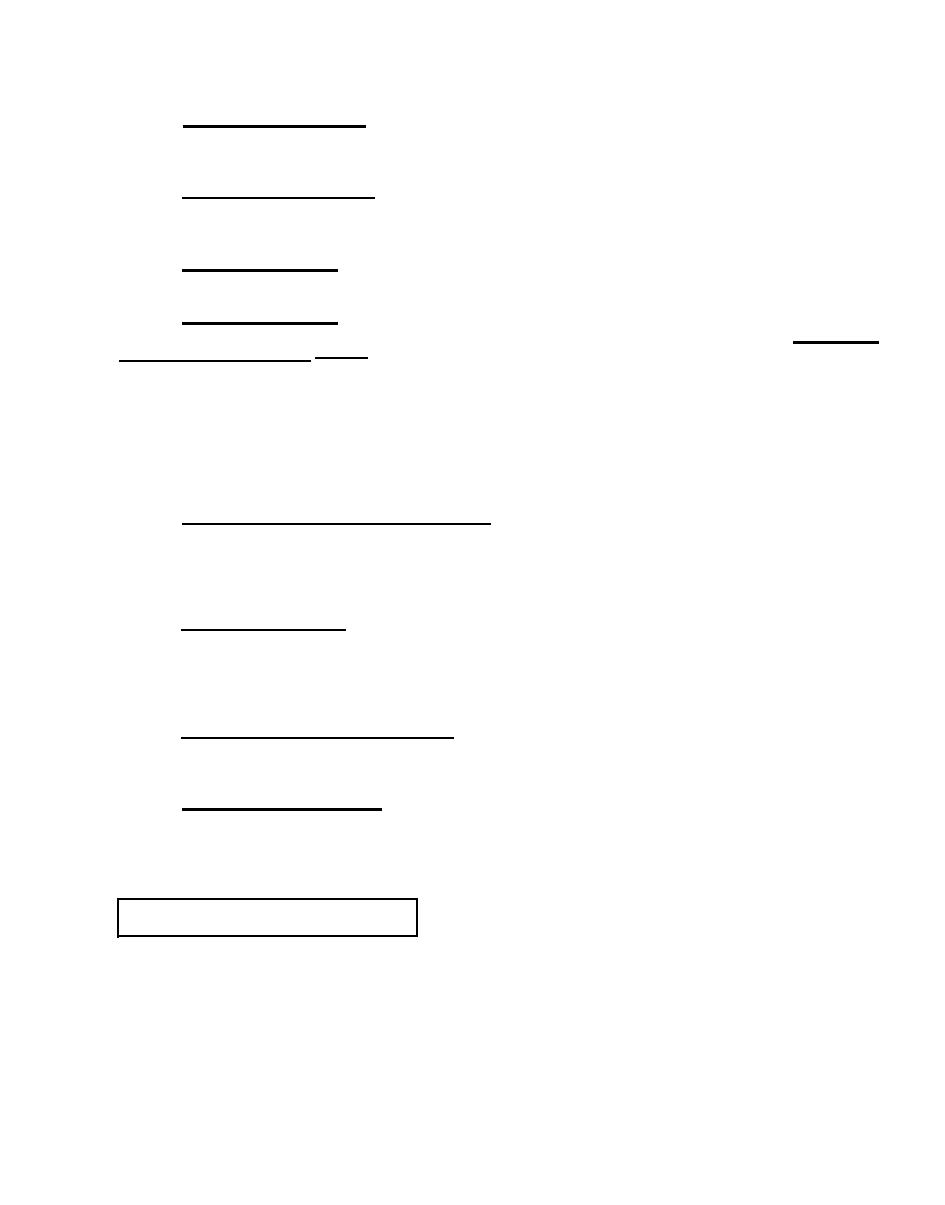 |
|||
|
|
|||
|
Page Title:
ALTERNATIVE TROUBLESHOOTING TECHNIQUES |
|
||
| ||||||||||
|
|
 TM 11-7010-207-23
b. Failure Confirmation. Based on the facts provided, you must confirm the
failure and define the symptom. The symptom is the first clue you will use in the
troubleshooting process.
c. Troubleshooting Entry. Using the symptom defined during phase two, find the
troubleshooting flow chart which will help you isolate the fault in the equipment.
The checkout and symptom index chart (chart-00) will help you do this.
d. Trouble Isolation. Follow the step-by-step procedures in the flow chart to
isolate and correct the cause of the equipment failure.
e. After Maintenance. When you have made the fix recommended in the trouble-
shooting procedure, You must check your work. Go back to the chart titled Converter
It tells you how to test your repair and make sure
Unit Checkout/Symptom Index.
the equipment now work as it should.
When a failure causes a symptom which is not covered in the symptom index or not
corrected by the troubleshooting procedure in the flow chart, you must try
alternative techniques.
a. Understand Principles of Operation. Sometimes the symptom may have no
specific procedure given to troubleshoot it. When this happens, remember that the
equipment always operates the same way. By comparing the faulty operation with
expected or normal operation YOU may find the cause of the failure and be able to
fix it.
b. Check the Circuits. All electronic equipment uses circuits to route power
through the components. Any break in continuity will cause some type of failure.
By running continuity checks on suspect circuits you may find the cause of the
failure. Use the foldout schematic diagram at the rear of this manual to check the
circuits in this equipment.
c. Check Past Maintenance Records. If the unusual failure occurred before, it
should appear in the maintenance records for the equipment. The records should
also tell you how the failure was corrected. Use the same fix this time.
d. Trial and Error Repair. Usually trial and error repairs should be avoided.
They are costly and can Induce additional symptoms. However, when your experience
with the equipment leads you to suspect a definite cause, you should try the repair
as a last resort before shipping the equipment to depot for maintenance.
4-7. TROUBLESHOOTING PROCEDURES
The troubleshooting procedures are arranged as flow charts. The charts consist of
background information, specific instructions and decision points. Symbols (table
4-1) are used to organize the charts and guide you through a step-by-step trouble
isolation procedure for each known failure symptom.
4-3
|
|
Privacy Statement - Press Release - Copyright Information. - Contact Us |